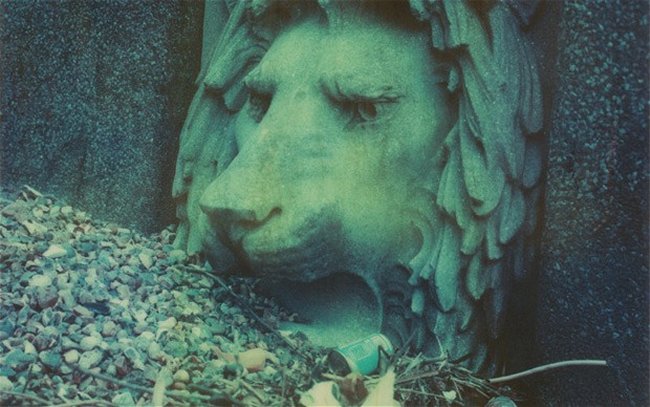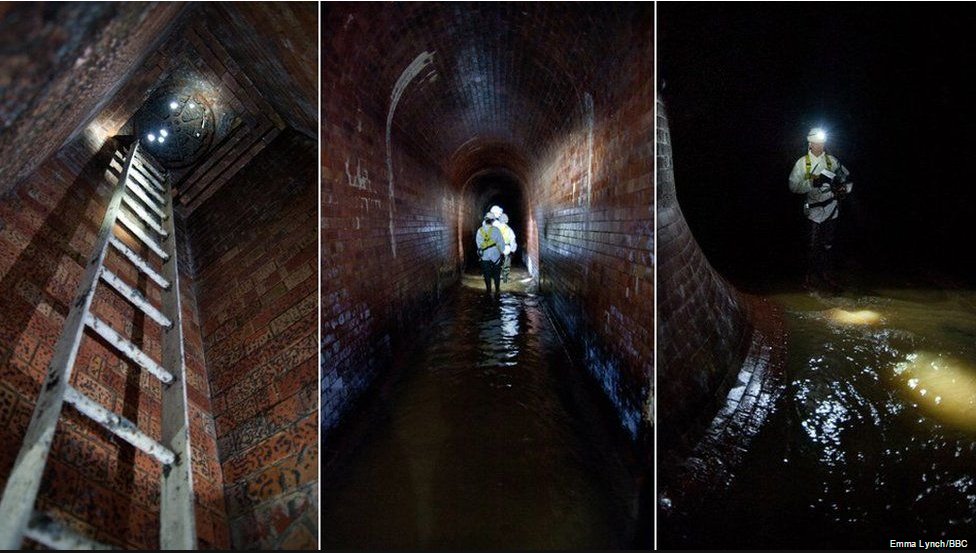MessageToEagle.com – When you think of London many things come to mind, but not the fact that there are many hidden underground rivers flowing beneath the large capital of UK.
Below the ground there is a remarkable network of tunnels and chambers, put in to place by Victorian engineers, the final step in a process which took centuries.

London once needed all the rivers it could get: for drinking water, for harbors and wharves, for mills, for tanneries, and for sluicing away waste. The rivers were London’s sewage system long before any system was conceived, but even tiny medieval London was too much for any stream to cope with and many inner London waterways have been deliberately hidden.

The Fleet is probably one of the better known rivers that is located beneath Londoners’ feet.
Vestiges of it can be traced above ground by following a modest stream that flows from Hampstead and Highgate Ponds, in north London.
Today it is swiftly submerged, becoming a sewer that flows to Blackfriars Bridge on the River Thames.
During Medieval times the waters of the Fleet were renowned for being clear and sparkling.
As the London city began to grow, mills, tanneries and meat markets sprang up along its banks. Water was vital to keep these industries functioning and growing and gradually the river was polluted with blood, sewage and other waste – it effectively became a waste tip, a handy repository to discard anything unwanted including the carcasses of dead livestock.
London’s origins are deep in the Walbrook, the river around which the Romans founded the city. The debris dug from the river – hoes and ploughshares, chisels and saws, scalpels and spatulas, the heads of forgotten gods and a collection of 48 human skulls tell the earliest London tales.
As a result, over the years the river became shallower and the water much slower than in previous generations, only exacerbating the burgeoning problem of the health hazard it now presented. It would silt up in the summer and although the spas and wells upstream remained open and functioning the Fleet in the city of London became an open sewer with a mix of slums and prisons on its banks. Something had to be done.
See also:
Remarkable Rivers With Trees, Leaves And Waterfalls Hidden Under The Sea!
Secret Passageways And Caves Beneath The Nottingham Castle
Ancient Superhighways: 12,000-Year-Old Massive Underground Tunnels From Scotland To Turkey
A solution was badly needed. The Great Fire of London in 1666 provided that opportunity. The architect Sir Christopher Wren was afforded the chance of transforming the lower Fleet.
The river was channeled underground in the 1730s from Holborn to Fleet Street, which still bears its name. Decades later it was filled in and arched over from Fleet Street down to the river Thames and is covered by what is now New Bridge Street.
The rivers may be hidden but they are far from gone. It is very hard to stop a river from flowing, so they have merely been diverted into the sewer system.
© MessageToEagle.com
References:
Kuriositas – The Fleet – London’s Underground River
The Telegraph – London’s lost rivers: the hidden history of the city’s buried waterways







